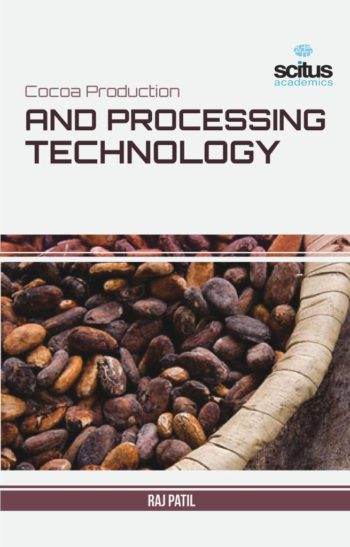Today, in a world of 7 billion people, agriculture is facing great challenges to ensure a sufficient food supply while maintaining high productivity and quality standards. In addition to ever-increasing demographic demand, alterations in weather patterns due to changes in climate are impacting crop productivity globally. Contemporary agriculture is facing new challenges with the increasing population and demand for food on Earth and the decrease in crop productivity due to abiotic stresses such as water deficit, high salinity, and extreme fluctuations of temperatures. The knowledge of plant stress responses, though widely extended in recent years, is still unable to provide efficient strategies for the improvement of agriculture. Adverse climatic factors, such as water scarcity (drought), extreme temperatures (heat, freezing), photon irradiance, and contamination of soils by high ion concentration (salt, metals), are the major growth stressors that significantly limit productivity and quality of crop species worldwide.
This book is intended to cover wide-ranging treatment on abiotic stresses, or every possible technique used to understand main abiotic stresses, including heavy metals, high salinity, drought, waterlogging, excess heat, etc. have been extensively clarified in this book.
The book opens with a review of Quinoa Abiotic Stress Responses. Drought and salt stress, together with low temperatures, are major problems for agriculture because these adverse environmental factors prevent plants from realizing their full genetic potential. Salt stress afflicts agriculture in many parts of the world, particularly irrigated lands. Compared to salt stress, the problem of drought is even more pervasive and economically damaging. The integration of the collected metabolic data concerning abiotic stress responses is helping in the identification of tolerance traits that may be transferable to cultivated crop species. In the next chapter, the diverse metabolic responses identified in plants so far are discussed. We also include recent advances in the study of plant metabolome and metabolic fluxes with a focus on abiotic stress-tolerance trait interactions.
Additionally, the book sheds light on the regulation of gene expression in response to abiotic stress in plants and the role of plant cell wall proteins in response to salt stress is also emphasized. The quantification of climate warming and crop management impacts on cotton phenology in the last chapter of the book is examined. As cotton growth and development are highly impacted due to biotic as well as abiotic stresses. From these stresses, the elevated mean temperature is the major environmental factor that harmfully reduces cotton yield and quality. This book will serve as a valuable tool for students and practitioners dealing with the field, and researchers as well find this book as an assistive tool in their work.













